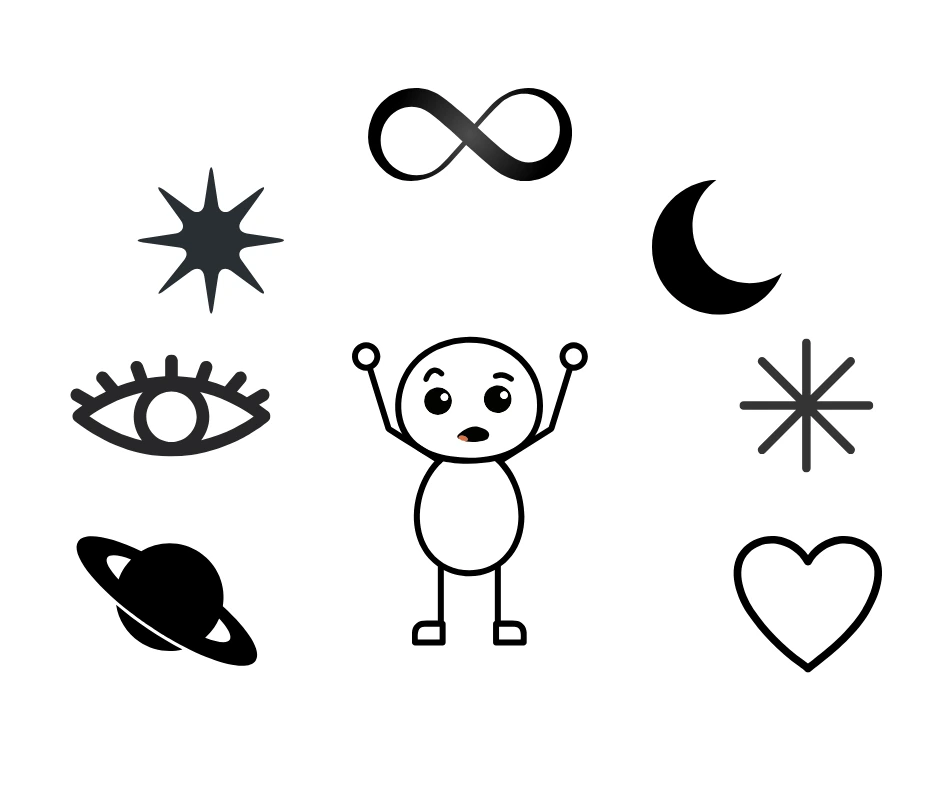Family Myths
A few years ago, I heard the term family myths for the first time during a career coaching program. My goal back then was to shift my career path to something that served my inner world better. The first step was creating a vision board that reflected my aspirations. Then, we began analyzing the myths that might be blocking me from reaching that vision.
Family myths are deeply rooted beliefs shared within a family, often starting with “we.”
When internalized, these beliefs can shift to “I.” While they can create a strong sense of belonging, they can also be deeply harmful — masking generational trauma, distorting reality, and limiting personal growth.
Here are some typical family myths and how they can become obstacles:
- “We don’t talk about things like that.”
Avoids open communication, especially around trauma, illness, or taboo topics. - “Love means never arguing.”
Encourages emotional dishonesty and unresolved resentment. - “The women in our family always suffer.”
Normalizes pain or martyrdom as a core identity. - “Hard work is the only path to success.”
Dismisses rest, pleasure, or emotional intelligence. - “Crying is weakness.”
Promotes emotional suppression, particularly in men or boys. - “Good people don’t ask for help.”
Discourages vulnerability and therapy.
These myths often originate from real events that were eventually turned into stories — stories our ancestors felt were important to pass down. But as with the childhood game “telephone,” where a message is whispered from person to person and often ends up distorted, these stories also get altered as they travel across generations. In the end, no one really remembers the original version.
A more striking analogy is the (fictional but insightful) Five Monkeys Experiment:
Five monkeys are placed in a cage with a ladder and bananas at the top.
Whenever one monkey climbs the ladder, all the monkeys are sprayed with cold water.
Soon, they stop climbing.
One monkey is replaced with a new one. This monkey, unaware of the water, tries to climb — but gets attacked by the others.
Eventually, all the original monkeys are replaced. None of the new monkeys has ever been sprayed, but none dares to climb the ladder.
Why? Because “that’s just how things are done around here.”
While fictional, this story mirrors how unconscious rules and beliefs are enforced — even when the original reason is long gone. We often follow unwritten rules, repeat beliefs, or suppress dreams simply because “that’s what we’ve been told.”
When we were children constantly asking “why,” our curiosity may have been brushed off, dismissed, or even punished. Or maybe we simply believed our parents — like we once believed in Santa Claus or the Easter Bunny.
In my family, two myths shaped me deeply:
- “Our family always has bad luck.”
- “If we have anything of value, we must hide it, or we’ll lose it.”
Both of these reinforced a sense of powerlessness and fear. They discouraged me from dreaming of abundance or embracing my gifts. I learned to hide my talents and expect loss — even when things were going well.
It has been — and still is — hard work to unlearn these beliefs. I now consciously try to shift my mindset toward a can-do attitude and allow myself to be proud of what I achieve.
Here’s what helps me:
- Identify the myth.
- Ask: Is this belief useful, or is it holding me back?
- If it’s holding me back, when the myth resurfaces, pause and say:
“This is an old pattern. I release it. It’s not useful anymore.”
Sometimes I have to repeat this many times before the myth fades — but over time, it works.
What about you?
- Can you identify your own family myths?
- Do they help you grow or hold you back?
- Do they bring connection — or create barriers?
Real Experiments That Reflect the Truth Behind the “5 Monkeys” Story
While the 5 Monkeys Experiment itself is fictional, several real psychological studies reveal the same patterns of behavior and belief transmission:
1. Conformity – Solomon Asch (1951)
Participants were asked to match line lengths, but when surrounded by actors giving the wrong answer, many conformed — even when they knew the truth.
Key insight: People often align with group norms over their own judgment.
2. Social Learning – Albert Bandura’s Bobo Doll Experiment (1961)
Children who observed adults hitting an inflatable doll were more likely to imitate the aggressive behavior.
Key insight: We learn by observing — especially when certain behaviors appear “normal.”
3. Obedience – Stanley Milgram (1963)
Participants were told to administer electric shocks to others. Many continued, despite visible distress, simply because an authority figure told them to.
Key insight: People often follow authority without questioning ethics or consequences.
4. Learned Helplessness – Martin Seligman (1970s)
Dogs exposed to unavoidable shocks eventually gave up trying to escape — even when escape became possible.
Key insight: When people (or animals) feel they have no control, they may stop trying altogether — even when the situation changes.
Family myths may be invisible, but their effects are very real.
When we recognize them, we take the first step toward rewriting our personal story.
